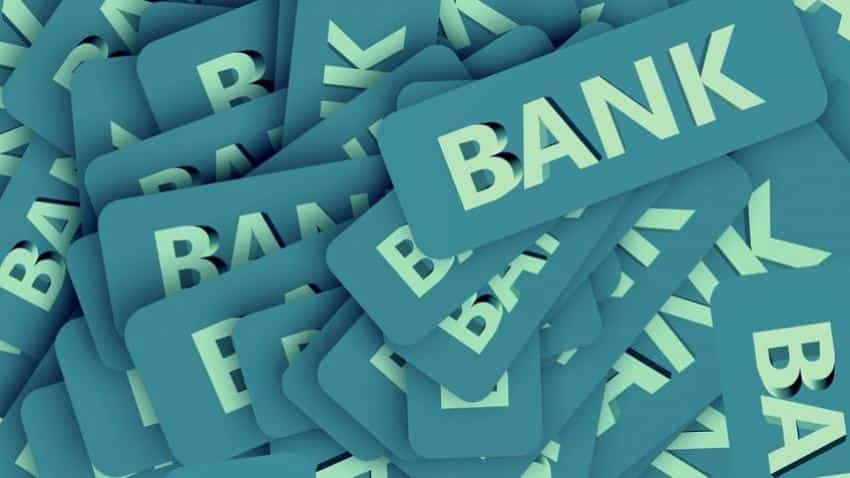NPA issue: Can IBC help govt, RBI to deal with the problem?
RBI is also identifying wilful defaulters for IBC resolution under the National Company Law Tribunal (NCLT). So far, it has identified 40 wilful defaulters of banks in two lists.

In a bid to tackle stressed asset issue more vigorously, the government may include few more changes in the insolvency & bankruptcy code (IBC) in the upcoming Budget session of Parliament.
Last month, the Modi government had issued an ordinance to list eligibility condition for those participating in the resolution process of insolvent companies. The code has also excluded promoters of such companies from bidding for the company or its assets.
The RBI is motivating banks to take advantage of the IBC to clean their balance sheet and improve performance on a sustained basis to remain competitive. The central bank has asked lenders to opt for IBC proceedings on their own, rather than waiting for regulatory instructions.
RBI is also identifying wilful defaulters for IBC resolution under the National Company Law Tribunal (NCLT). So far, it has identified 40 wilful defaulters of banks in two lists.
The apex bank is focusing on IBC due to two factors; one, because banks gross non-performing assets (GNPA) continue to rise, and secondly, the resolution of these assets are at slower pace through various other channels.
The RBI on Thursday released a report “Statistical Tables Relating to Banks in India: 2016-17” which stated that banks gross NPAs stood at Rs 7.92 lakh crore as on March 2017 with ratio at 9.3%, compared to Rs 6.12 lakh crore in FY16 where ratio stood at 7.5%.
The RBI data was divided into five categories of banks – SBI and associates, Nationalised Banks, Private Banks, Foreign Banks and Small Finance Banks.
The data stated that nationalised banks accounted 64.05% in total – and witnessed gross NPAs at Rs 5.07 lakh crore from Rs 4.18 lakh crore in FY16. Last fiscal, it accounted for 68.30% of total gross NPAs.
Nationalised banks saw decline mainly because private banks have seen rise in their share of total gross NPA. Private banks gross NPAs stand at Rs 93,209.2 crore in FY17 (having share of 11.78%) versus gross NPAs of Rs 56,185.70 crore (with share of 9.18% share) in FY16.
Banks have three options namely Lok Adalats, Debt Recovery Tribunal and SARFAESI Act for the ecovery of NPAs.

With 21,52,895 cases having NPA value of Rs 105,800 crore, Lok Adalats managed to recover mere Rs 3,800 crore in FY17, while SARFAESI Act managed to recover Rs 7,800 crore from 80,076 accounts having NPA value at Rs 113,100 crore.
At debt Recovery Tribunal, where 28,902 accounts having NPA value at Rs 67,100 crore, only Rs 16,400 crore was recovered.
Considering this lackluster performance of banks, analysts have given cautious outlook on the sector for fiscal year 2018.
Ravikant Bhat, Dhananjay Sinha and Himanshu Taluja, analysts at Emkay, said, "We re-initiate coverage on Indian banks with a cautious outlook, preferring private banks over public sector banks (PSBs). Our caution is based on the quick turn in events that the sector is witnessing and our preference for private banks is owing to their ability to manage such event cycles in a better manner compared to their PSB peers.”
In case of IBC, the trio at Emkay said, “Recent developments relating to large accounts referred to NCLT has made predictability of outcomes difficult and has kept the sentiments mixed.”
Their interactions with bankers suggested the haircuts on select large accounts are likely to be lower than the initial +70% expectation. However, Emkay estimates factor in a 75% haircut on stressed assets generally, including standard assets restructured under various dispensations.
06:58 PM IST






 Q4FY18: Banks NPA crisis’ continues; 12 PSBs with over 10% GNPA ratio, know who they are
Q4FY18: Banks NPA crisis’ continues; 12 PSBs with over 10% GNPA ratio, know who they are  IBC a helping tool for twin balance-sheet, investment crisis: Economic Survey
IBC a helping tool for twin balance-sheet, investment crisis: Economic Survey Disclose names of defaulters, suggests parliamentary panel
Disclose names of defaulters, suggests parliamentary panel After BoI, 9 other banks under RBI scanner for ‘corrective action’
After BoI, 9 other banks under RBI scanner for ‘corrective action’ Wilful defaulters in RBI's second list may face IBC proceedings
Wilful defaulters in RBI's second list may face IBC proceedings